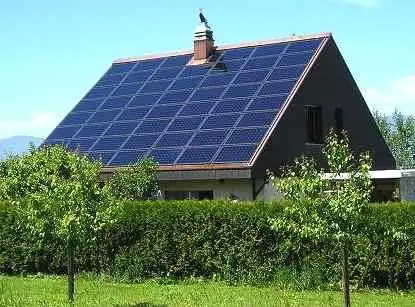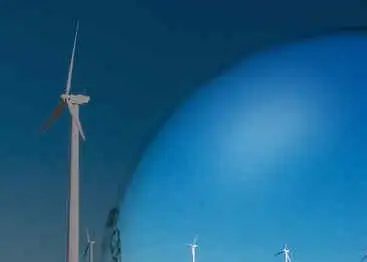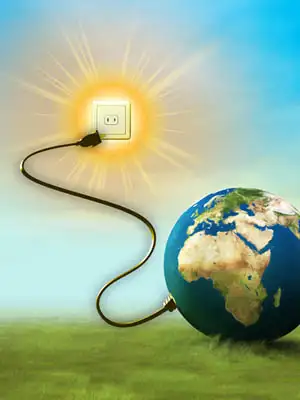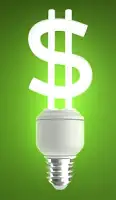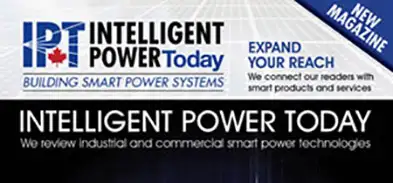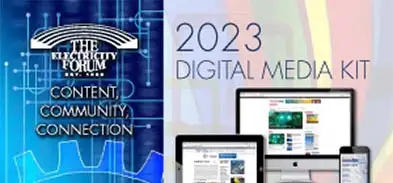Alternative Energy Wind Power Explained
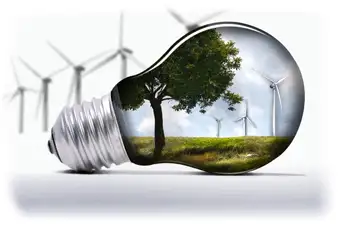
Alternative Energy Wind Power, with the exception of hydroelectric power, is far more developed than most other types of alternative energy. Over the past decade, the technology associated with wind power has improved significantly. New designs for adjustable blades on wind towers now allow wind farms to be placed in areas without steady winds. In addition, electricity-generating wind turbines made from strengthened fiber blades can generate more power than in the past — the average electricity-generating capacity of a newly installed turbine has risen from 200 kilowatts in 1990 to 2.5 megawatts today — leading to greater efficiency and upgrades of existing plants. Plus, turbine manufacturers are trying to develop new designs so that less maintenance is required.
The Alternative Energy Wind Power industry has enjoyed very strong growth since the late 1990s, as wind turbine technology has become more efficient and political directives that encourage energy diversity, have enticed investors to open their wallets. In 1997, alternative energy wind power generated only 7,636 megawatts of electricity, but this figure had risen to 47,912 megawatts by the end of 2004, a more than six-fold increase.
Advantages of Alternative Energy Wind Power
There are a number of notable advantages associated with wind power:
- It is a clean, alternative electric power source.
- There is no fuel component, so once built there is no reliance on a finite fuel supply or costs associated with such a supply. As such, wind power can provide a hedge against fuel-price volatility.
- Wind power can be generated in remote areas, including out in the oceans.
- It is scalable in that it can be used to generate power in a local area or even at the individual property level, but can also generate large amounts of power that can be added to an electricity grid system.
- It is cost competitive, with the cost of construction of a wind farm lower than construction costs of many types of conventional power plants.
- Today, wind power costs less than five cents per kilowatt-hour, comparable to natural gas at today’s high prices.
- For land-based wind farms, once the wind towers are installed, the land area around them can be used for other purposes, such as agricultural use.
Disadvantages Alternative Energy Wind Power
The most significant disadvantage is that the wind to drive the turbines may be intermittent and that it does not always blow when electricity is needed. Alternative Energy Wind Power may only be available 40 per cent of the year in some areas versus 90 per cent for a fossil-fuel powered plant. New blade design can overcome this problem to a certain extent, as can storing the energy in batteries, but because of these potential drawbacks, the site of the wind farm is key to its success and vice versa.
For Alternative Energy Wind Power, an intermittent source of alternative energy, to be linked into the electricity market, utilities need to develop a strategic grid network — one in which other types of power generation can be switched to low output to compensate for high wind power output and vice versa.
Because of the intermittent nature of wind, there are concerns that if this source of alternative energy reaches a certain size in relation to other power sources in a national electricity grid, the grid may destabilize. The European Wind Energy Association argues, however, that the geographical dispersion of wind farms is likely to even out the flow once such farms reach a critical mass.
Other issues include concerns over the visual impact of the wind towers, the noise they make and their impact on birds. As the U.S. Department of Energy notes, however, most of these problems have been resolved through correct location of wind farms and technology breakthroughs.







